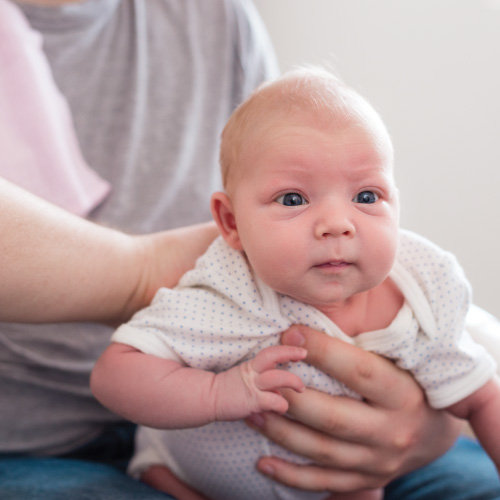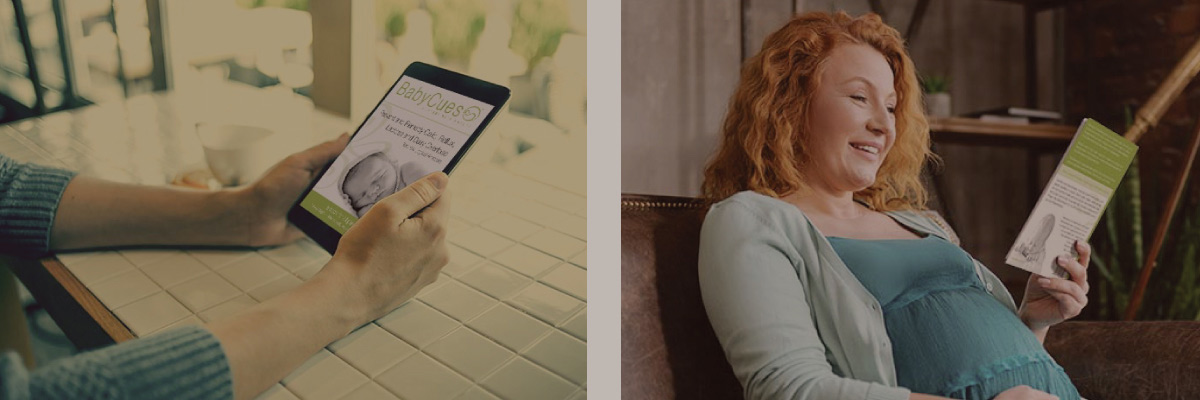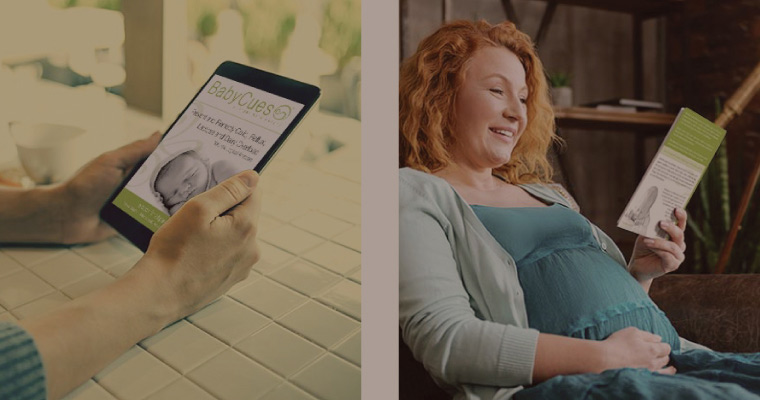Six misconceptions about trapped wind

Number1:
Newborns do not need concentrated help to release wind, or need to burp at all
This is not true. Wind is a natural happening for everyone and given babies are learning how to process wind, they definitely need your help to calm them through those moments of discomfort and your help reduce them by learning how to release as much wind as possible by burping them well after each feed.
Number 2:
Rooting, sucking and crying is a hunger sign only
This is not true. These communications are also caused by ingested air, and when we learn to read each possibility, we can aid newborns greatly. Once again, be rational about this. How long ago did you feed your baby? Combine the knowledge about the size of your newborn's stomach with the fact that, on average, it takes your newborn four to five hours to digest food from the stomach. This will help you determine whether these communications are hunger or wind, as will reading your baby's cues within the cycle of Nature's Wind Sequence.
Number 3:
Feeding a baby, relieving a couple of burps and then placing them straight into bed is the best thing for them
It is not the best thing for their digestive processes or emotional well-being. A couple of burps is not enough for any baby and by having them sleep soon after a feed, without optimum winding, your baby will eventually wake crying or screaming from the retained air. They will be rooting in order to suck for comfort, generally quite frantically.
Since rooting is often misinterpreted as hunger, most parents feed again and the overload cycle begins. Take the easier road; wind straight after a feed for an hour to two hours (depending on the baby's age) while your newborn is full and calm. Then put them down for a sleep once the majority of their wind is expelled and they are more comfortable. This way they will learn to sleep longer and deeper so aiding their development.
Number 4:
Giving water helps with wind
This is not true. Feeding water creates more air and takes up room, thereby leaving less space for nutritious milk which is completely efficient at combating any dehydration in the early months.
Number 5:
Patting your newborn's back helps to release wind
It does not. This can break up the air pockets making it harder to release the wind while your baby becomes more uncomfortable. To stop this happening rub up your baby's back firmly with your palm. Rub both sides and the centre. If your baby is in the Buddha Baby position the torso will move up and down while you rub thus making the body do a slight circular motion. This motion stimulates the diaphragm which can help to release a burp.
Number 6:
Patting a newborn's bottom to help get them back off to sleep is helpful
It may be if all you want to do is quell the symptoms of unsettled behaviour or crying but this does nothing to remedy the 'causes'. Like jiggling a baby, patting the bottom keeps the wind moving, which can sometimes help settle baby to sleep but this often only lasts for a short time because the cause of the overloading still remains. This creates short sleep cycles with longer sleeps experienced through exhaustion rather than comfort.





